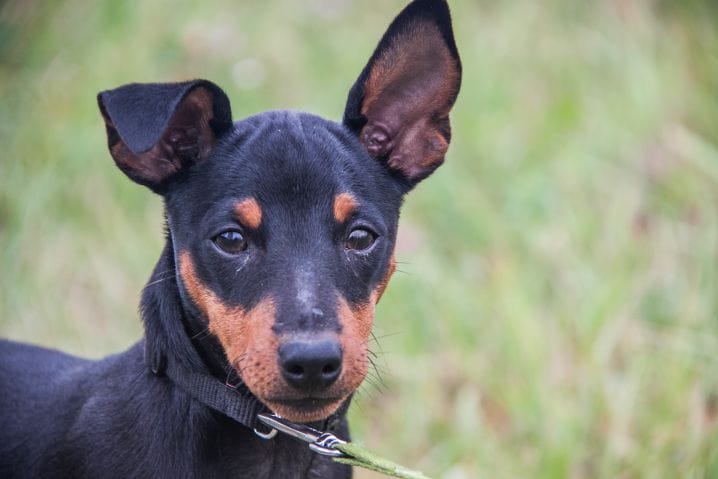Walking a small dog requires a special approach, as these pets differ from large breeds in their size, needs and behavioral characteristics.
To ensure that walks are safe and comfortable for both you and your pet, you should follow several important rules.
Regularity of walks
Small dogs need regular walks, just like large breeds. It is optimal to take your pet outside three to four times a day.

Even if your dog is small, he needs exercise and the opportunity to explore his surroundings.
Walking helps maintain your pet's health and prevents the development of behavioral problems caused by boredom and lack of activity.
Safety on the street
Small dogs require special attention to safety when walking. Do not let your pet off the leash, especially in areas with heavy traffic or a large number of people.
Small animals can easily get lost or run over, so control is essential. If you plan to let your dog run free, make sure the area is safe and fenced.
Suitable inventory
When walking a small dog, choose the right equipment. The leash should be light and easy to control, and the collar or harness should match the size of the pet.
Harnesses are preferable for small breeds, as they reduce the load on the neck and spine. Also pay attention to the material of the equipment to avoid skin irritation and discomfort for the dog.
Physical activity
Despite their small size, small dogs need exercise. Include active games, running, jumping, and training in your walks.
This will help your pet stay healthy and active. It is important to consider the age and physical condition of the dog so as not to overload it.
Temperature control
Small dogs are very sensitive to temperature changes. In cold weather, dress your pet in special clothing to protect it from hypothermia.
In summer, make sure your dog doesn't overheat, avoid walking during hot weather, and provide access to shade and water.
Socialization
Walks are a great time to socialize your small dog. Allow him to interact with other animals and people, but do it gradually and carefully. A socialized dog will feel more confident and calm in a variety of situations.
Hygiene
After each walk, be sure to check your pet's paws and fur for dirt, thorns, ticks and other foreign objects.
Wash the paws with warm water, especially if you walk in urban areas where there is a lot of dust and dirt. Clean the ears regularly and trim the nails to prevent health problems.
By following these simple rules, you can provide your little pet with comfortable and safe walks that will bring joy to both of you.








